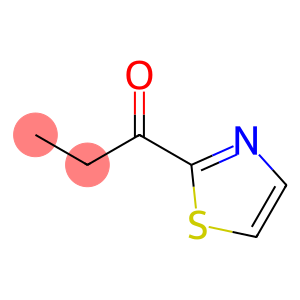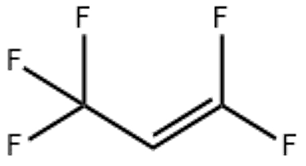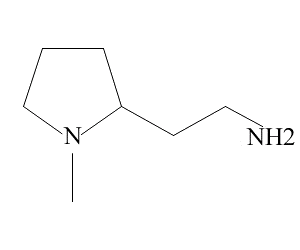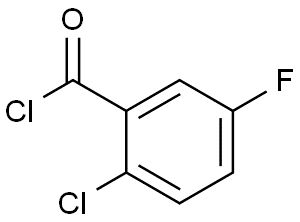2-Propionylthiazole(CAS#43039-98-1)
| Hazard Symbols | Xn – Harmful |
| Risk Codes | R10 – Flammable R36/37/38 – Irritating to eyes, respiratory system and skin. R41 – Risk of serious damage to eyes R37/38 – Irritating to respiratory system and skin. R22 – Harmful if swallowed |
| Safety Description | S26 – In case of contact with eyes, rinse immediately with plenty of water and seek medical advice. S36/37/39 – Wear suitable protective clothing, gloves and eye/face protection. S39 – Wear eye / face protection. |
| UN IDs | 1993 |
| RTECS | XJ5123000 |
| Hazard Class | IRRITANT |
Introduction
2-propionylthiazole is an organic compound. The following is an introduction to its nature, use, preparation method and safety information:
Quality:
- Appearance: 2-Propionylthiazole is a colorless to pale yellow liquid.
- Solubility: It is soluble in many organic solvents such as ethanol and dimethylformamide.
- Stability: 2-propionylthiazole can be stable under certain conditions, but photosensitivity reactions will occur under light.
Use:
- Chemical synthesis: 2-propionylthiazole is used as an important intermediate in the synthesis of organic compounds.
Method:
- 2-Propionylthiazole can be obtained by the reaction of 2-chloropropanemide and sodium thiocyanate.
Safety Information:
- When operating, good ventilation measures should be taken to avoid inhaling its vapors.
- When using or storing, avoid contact with oxidants, strong acids, and bases.






![6-[(4-Methylphenyl)Amino]-2-Naphthalenesulfonic acid (CAS# 7724-15-4)](https://www.xinchem.com/uploads/64MethylphenylAmino2Naphthalenesulfonicacid.png)

